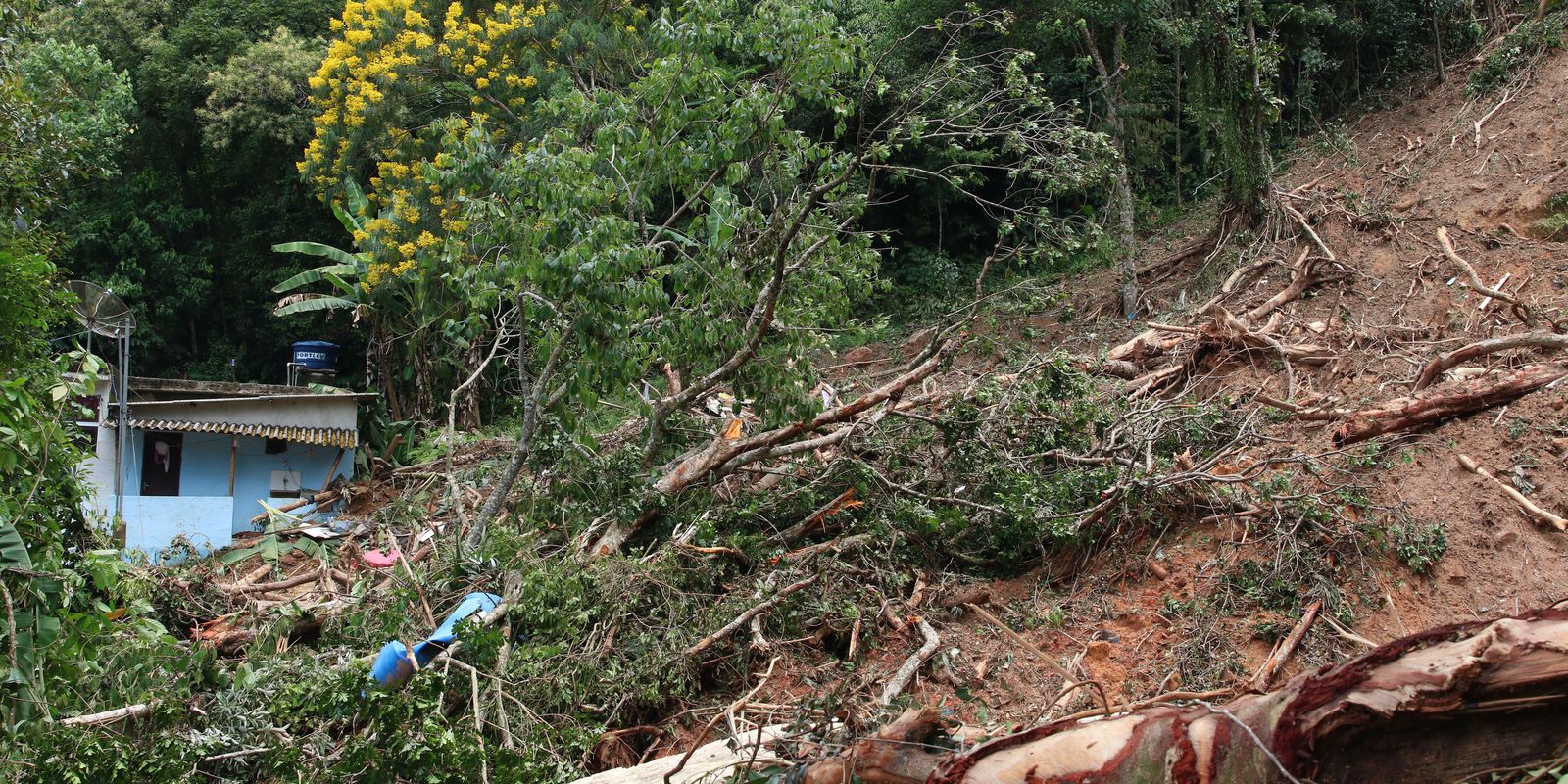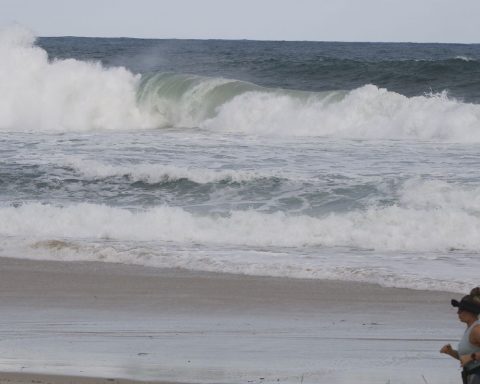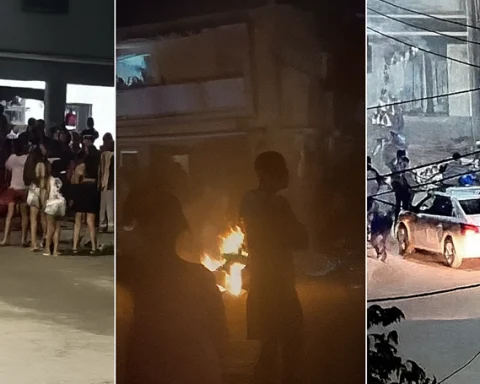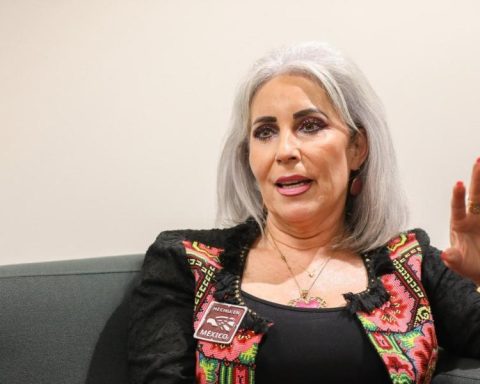The São Paulo government announced on the 23rd, shortly after the storm on the north coast of São Paulo that left 65 dead, that it will install sirens in the region, in places where there is a risk of landslides and flooding. The emergency measure, however, is seen with caution by specialists. They claim that the adoption of equipment needs to occur in conjunction with a series of actions, such as training the population, drawing up escape routes and carrying out recurrent simulations.
“This warning system has to be part of the municipality’s risk management system. You have to have a mapping of risk areas and areas that will receive these people in case of disaster, in case of accident. These people have to be directed to places that are safe”, highlights the professor at the São Paulo State University (Unesp) in Rio Claro and director of the Brazilian Federation of Geologists, Fábio Augusto Reis
According to the researcher, training the population is another important step in the warning system, and must include neighborhood leaders. “The training seems simple, but it is not. It is a process that has to convince the population. People have to be convinced that that system works and, for that convincing, you have to have local community leaders participating”, he says.
According to Reis, within a risk management system, the siren is the last element. He criticizes the idea that the simple installation of equipment is the solution to all problems and reinforces the need for a series of actions to be taken together.
He explains that the siren system is quite efficient in Japan, where there are recurrent training sessions and it is already part of the country’s culture. “You have to have annual training. That’s why in Japan the siren works. They have been training the population for over a century. Their Civil Defense laws on natural disasters are over 100 years old.”
For Paulo Canedo, a professor at the Alberto Luiz Coimbra Institute for Post-Graduation and Research in Engineering (Coppe) at the Federal University of Rio de Janeiro (UFRJ), the siren implementation process must, above all, take into account that the among the people who will be alerted by the equipment are the elderly, children, sick people, people with disabilities, and people with limited mobility.
“What to do to help those who cannot go out, elderly people, people who are sick, people with limited mobility. There will have to be people trained to go against the flow. Everyone going down and there will have to be specialized people to go up, remove those people who use a wheelchair, who are heart patients. It’s all a big mess. It’s not just blowing the whistle and that’s it.”
The professor adds that the disaster can occur at a time when most adults are working away from home. “Who will go up and pick up the children and the elderly?” he asks. “Evacuation contingency planning is something very difficult to do. But it is extraordinarily more difficult to drive. And that’s why it has to be very well planned”.

















